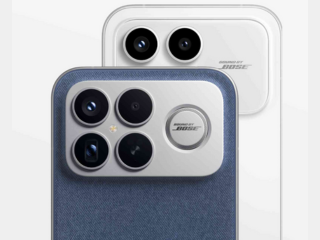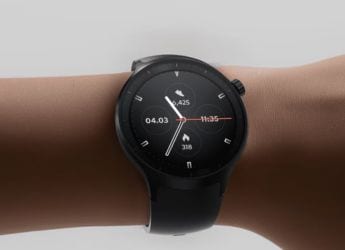- Home
- Wearables
- Wearables News
- Sweat Can Power Wearable Devices, Claims New Study
Sweat Can Power Wearable Devices, Claims New Study

Photo Credit: University of California San Diego
Scientists, including one of Indian origin, have developed stretchable fuel cells that extract energy from sweat, and could power a range of wearable devices such as LEDs and Bluetooth radios.
The biofuel cells generate 10 times more power per surface area than any existing wearable biofuel cells, researchers said.
The epidermal biofuel cells are a major breakthrough in the field, which has been struggling with making the devices that are stretchable enough and powerful enough, they said.
Engineers from the University of California, San Diego in the US developed a stretchable electronic foundation by using lithography and screen-printing to make 3D carbon nanotube-based cathode and anode arrays.
The biofuel cells are equipped with an enzyme that oxidises the lactic acid present in human sweat to generate current.
"We needed to figure out the best combination of materials to use and in what ratio to use them," said Amay Bandodkar, first author of the research paper published in the journal Energy and Environmental Science.
Researchers led by Professor Joseph Wang from UC San Diego connected the biofuel cells to a custom-made circuit board and demonstrated the device was able to power an LED while a person wearing it exercised on a stationary bike.
To be compatible with wearable devices, the biofuel cell needs to be flexible and stretchable. So engineers decided to use what they call a "bridge and island".
Essentially, the cell is made up of rows of dots that are each connected by spring-shaped structures. Half of the dots make up the cell's anode or electrode through which conventional current flows; the other half are the cathode.
The spring-like structures can stretch and bend, making the cell flexible without deforming the anode and cathode.
The basis for the islands and bridges structure was manufactured via lithography and is made of gold.
Researchers used screen printing to deposit layers of biofuel materials on top of the anode and cathode dots. To increase power density, engineers screen printed a 3D carbon nanotube structure on top the anodes and cathodes.
The structure allows engineers to load each anodic dot with more of the enzyme that reacts to lactic acid and silver oxide at the cathode dots. In addition, the tubes allow easier electron transfer, which improves biofuel cell performance.
Catch the latest from the Consumer Electronics Show on Gadgets 360, at our CES 2026 hub.
Related Stories
- Samsung Galaxy Unpacked 2025
- ChatGPT
- Redmi Note 14 Pro+
- iPhone 16
- Apple Vision Pro
- Oneplus 12
- OnePlus Nord CE 3 Lite 5G
- iPhone 13
- Xiaomi 14 Pro
- Oppo Find N3
- Tecno Spark Go (2023)
- Realme V30
- Best Phones Under 25000
- Samsung Galaxy S24 Series
- Cryptocurrency
- iQoo 12
- Samsung Galaxy S24 Ultra
- Giottus
- Samsung Galaxy Z Flip 5
- Apple 'Scary Fast'
- Housefull 5
- GoPro Hero 12 Black Review
- Invincible Season 2
- JioGlass
- HD Ready TV
- Laptop Under 50000
- Smartwatch Under 10000
- Latest Mobile Phones
- Compare Phones
- Tecno Spark Go 3
- iQOO Z11 Turbo
- OPPO A6c
- Samsung Galaxy A07 5G
- Vivo Y500i
- OnePlus Turbo 6V
- OnePlus Turbo 6
- Itel Zeno 20 Max
- Lenovo Yoga Slim 7x (2025)
- Lenovo Yoga Slim 7a
- Lenovo Idea Tab Plus
- Realme Pad 3
- Garmin Quatix 8 Pro
- NoiseFit Pro 6R
- Haier H5E Series
- Acerpure Nitro Z Series 100-inch QLED TV
- Asus ROG Ally
- Nintendo Switch Lite
- Haier 1.6 Ton 5 Star Inverter Split AC (HSU19G-MZAID5BN-INV)
- Haier 1.6 Ton 5 Star Inverter Split AC (HSU19G-MZAIM5BN-INV)

















